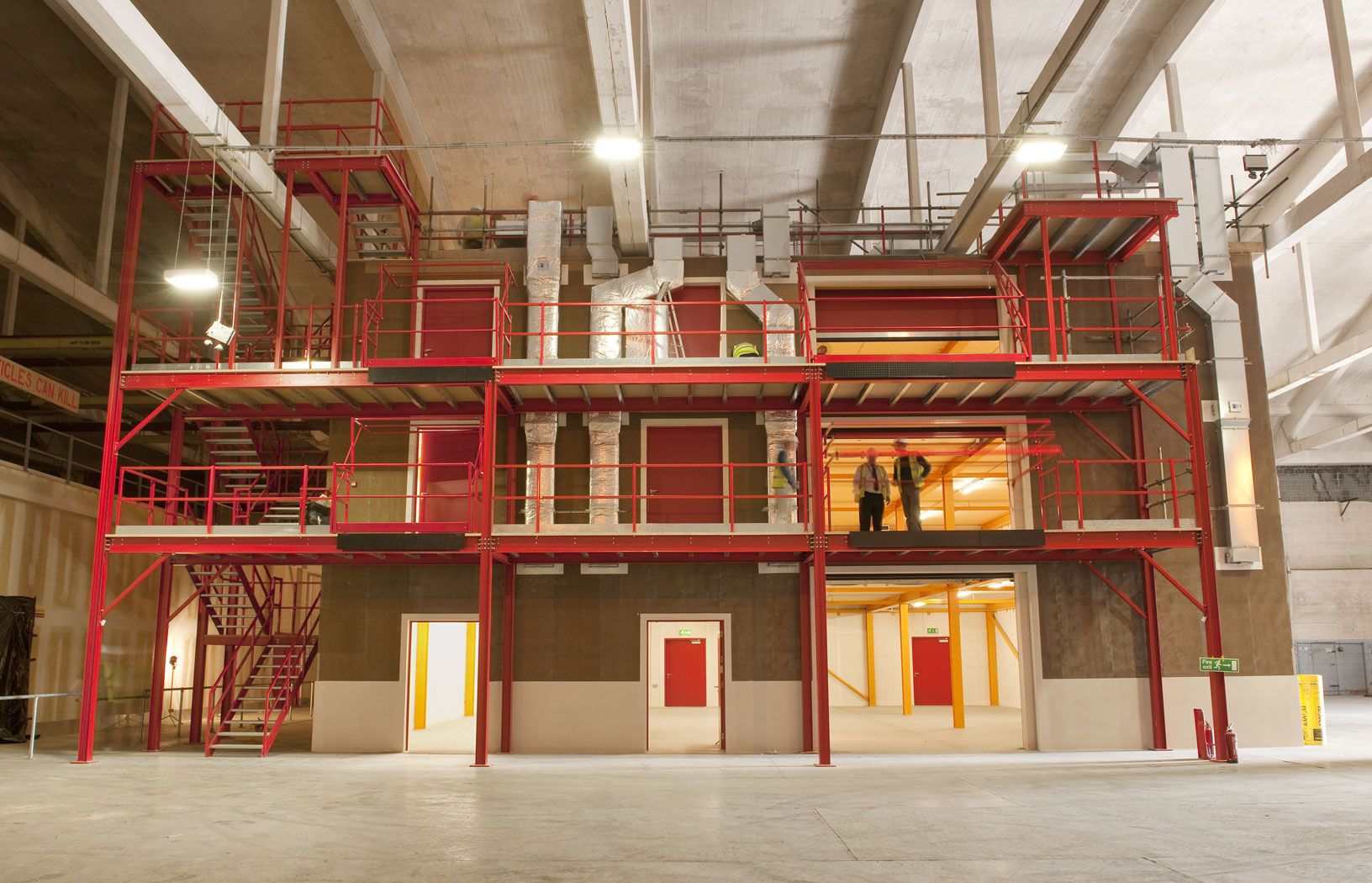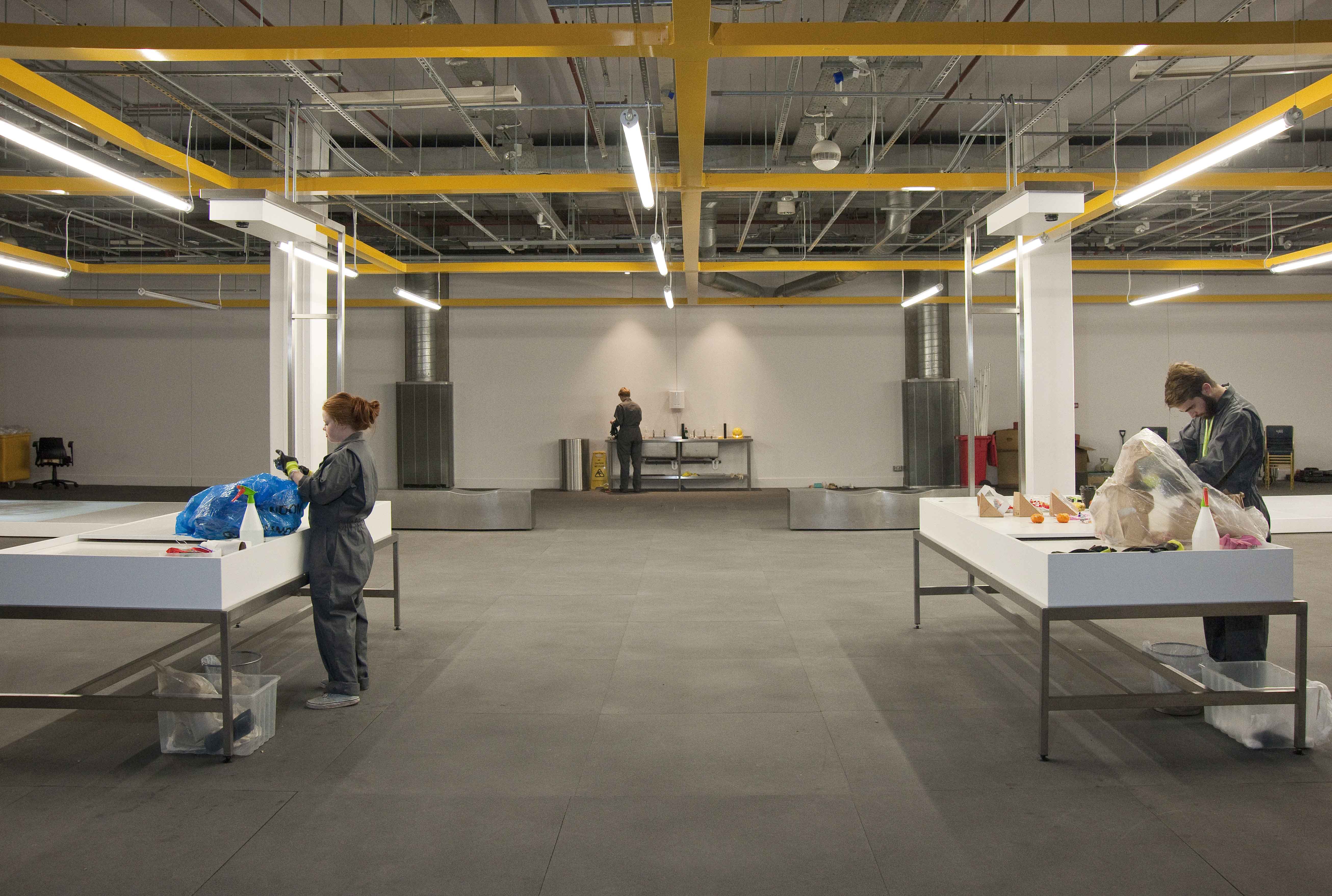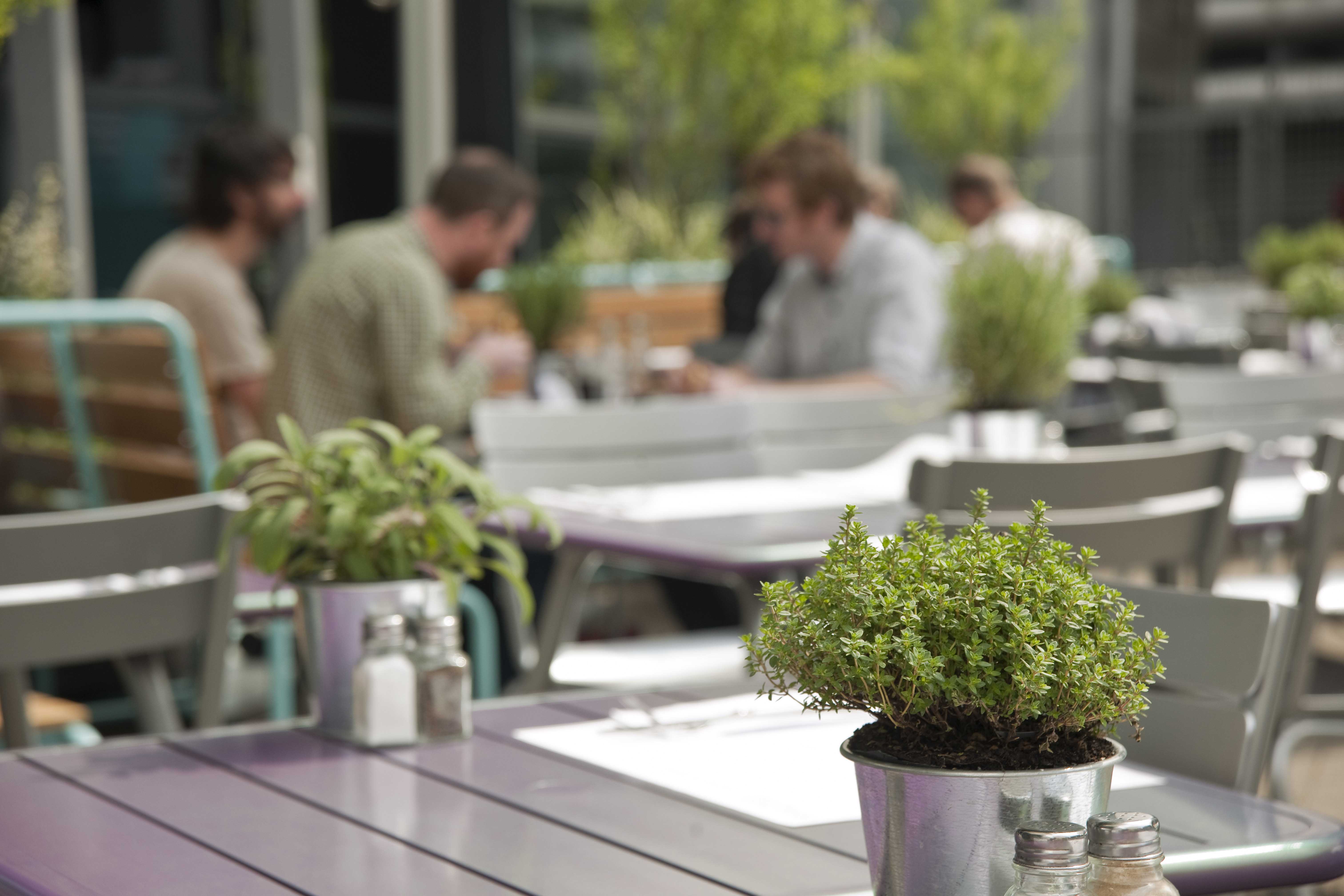In the next of our series of posts linked to The Rubbish Collection, Matt Moore, Head of Sustainable Development for the Science Museum Group, looks at how we measure and minimise the environmental impact of our exhibitions and galleries.
The Science Museum Group places sustainability at the heart of its work. In 2010 we created a sustainability policy that would sit at the heart of all our official work practices, but well before that we were developing ideas and projects that would pave the way for the innovative work we do today.
In 2005 we became the first national museum to install solar panels on the roof – awarded for innovation by the Department for Trade and Industry – which have so far produced over half-a-million kW of energy for the museum. It’s amazing how quickly technology is developing; those original panels produced 80W, our soon-to-be-installed new panels generate 280W and newer designs will be even more energy efficient.
While it’s easy to get carried away with whizz-bang new kit, we need to be conscious that our buildings, subject to changing building techniques over the last 100 or so years, are complicated to heat, light and make suitable for our visitors and irreplaceable objects.

We increasingly look at the ‘fabric-first’ approach to sustainability as we develop new projects and structures. By being intelligent with the building structures we can use the materials they are made from to help passively maintain good conditions for the objects they contain. The Hempcrete Museum Store at our Wroughton site is a fantastic example of this. It uses a hemp and lime construction medium to balance the humidity within the building according to temperature, decreasing the amount of air-conditioning that is required.
This work is not all big innovation though, there are many small, practical steps that have been taken to make the museum more energy efficient; from reprogramming the building management systems and lighting controllers to turning kit on only when it’s needed and changing our light bulbs to ever more efficient versions. This is important work for buildings of this scale and achieves impressive results – the lighting alone at our sister museum, the National Railway Museum, accounted for 44% of the energy used!
It is important when we develop new exhibitions and galleries that we plan and collaborate on the impacts and benefits that materials, electronic equipment and staff activity all have on a project. When the Atmosphere gallery was conceived, considerable effort was spent on understanding the environmental footprint, from the procurement chain to end of life disposal. This has become a core element of exhibitions being developed today; none more so than the Rubbish Collection!

Waste is an inevitable by-product of the Museum’s operation, and we are becoming more agile at dealing and developing new ways to divert this resource away from pointless burial. Our current system ensures that almost no waste is sent to landfill. What can’t be recycled is sent to Grundon’s highly efficient energy from waste plant, where with the increasing value of some of the raw materials means that our waste can become products that have a second, third or even fourth life after leaving the museum. Keeping waste to a minimum is an important part of the story, and through procurement we encourage suppliers to minimise both the travel distances for their products and the packaging associated with them.
Across our group of Museums, sustainability initiatives over the last year have seen many successes: at Wroughton, biodiversity actions have brought two poor-condition County Wildlife Sites into a land management plan. The cafés at all our sites achieved high levels of recognition from the Sustainable Restaurants Association for sourcing food from local and ethical suppliers, along with good practice within the cafés to minimise food waste and energy use. Café development at the Science Museum over the last few months has included innovatively planted walls and herb gardens in the new terrace area. Our procurement team is working hard to ensure that our suppliers and contractors have a good record and work with us to improve sourcing and energy efficiency.

So, what does the future hold for sustainability in the Science Museum Group? An ever-increasing need to be efficient in energy use will see developments in building fabric performance, energy efficiency technology and energy generation at our sites and when we develop our visitor spaces, new materials, efficient interactives and intelligent systems will add to the Museum experience. We’ll also be trying to put more energy back into the national grid than we take out with a 40MW solar project at our Wroughton site – that’s about four times the electricity that the Science Museum Group consumes!
Phase 1 of The Rubbish Collection runs until 15 July 2014. Phase 2 is open from 25 July to 14 September 2014.